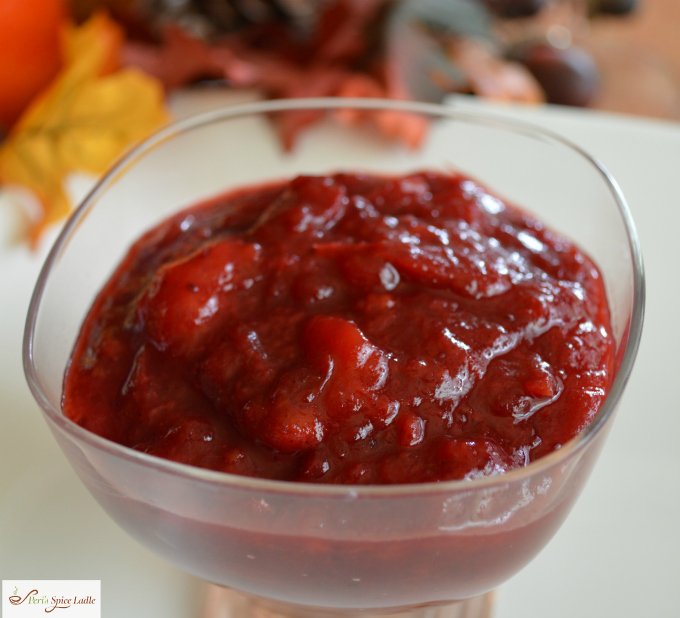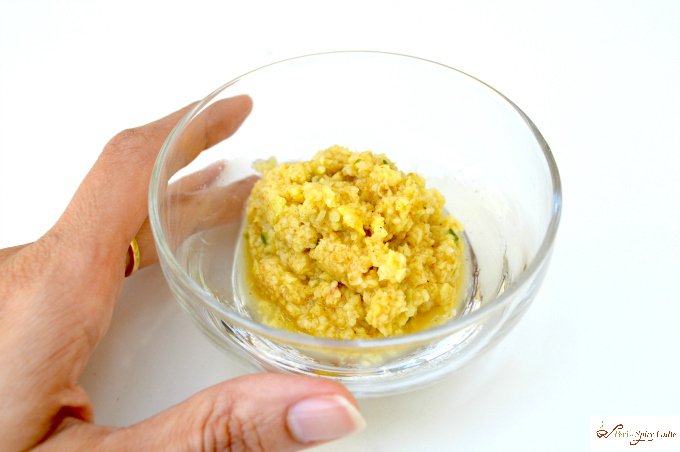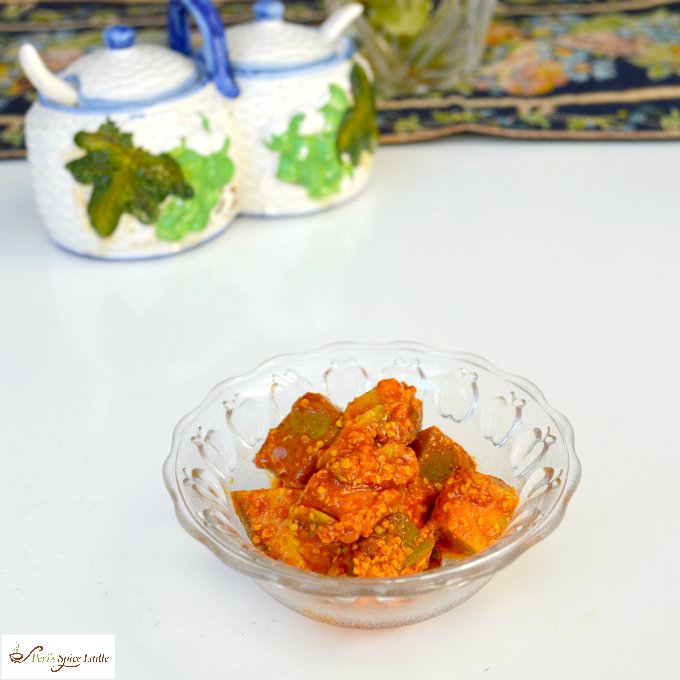Guide to Indian Chutneys and Pickles
Let’s go chutney hunting, and shine a spotlight on some of the wide variety of Indian-style condiments at your disposal.
Get ready to be dazzled by colorful, tangy, spicy, and sweet chutney and pickle condiments; each one is a mouthwatering bite worth tasting. Consider this your gateway to the discovery of more deliciousness like my seasonal cranberry chutney, an easy pickled onion, or 2-step mango chutney.
Spicy Garlic Chutney
One of the simplest ways to add flavor to your kebab, tikka, and bite-size savory treats is a garlic-flavored chutney. This style of chutney is popular along the west coast of India, and at times found in a dry powdered form as well. Check out this recipe by MyGingerGarlicKitchen.
Tomato Chutney
This chutney is often found with dosa, uthappam, idli, and other South Indian treats. It's extremely easy to bring together and adds great flavor. Here’s a simple recipe by CookwithManali.
Coriander Mint Chutney
Some version of this chutney appears often in my classes. It’s better known as the ‘green’ chutney available in every Indian home. This chutney comes with endless uses from being a great sandwich or burger spread or dip or being put to use in a Kathi roll. This is a good recipe by IndianVeggieDelight.
Apple Chutney
The choices are endless when it comes to chutney and pickles. Just take any ingredient, add a few spices, a touch of tang, and bring it to life as a chutney. To prove my point, I’d urge you to try out this apple chutney by Swasthi’s recipes.
Tamarind Date Chutney
There's a special place in my heart for tamarind chutney. Growing up, I remember watching my parents make it whenever we were having street-food-inspired Chaat for dinner. For me, an essential part of good tamarind chutney is the addition of dates to it, which completely elevates its taste. This recipe for Tamarind chutney by HebbarsKitchen comes close to what I have in mind.
Good-to-Know about Chutneys & Pickles
They need patience and time - not ‘your time’, just time by themselves, to sit and pickle, or stand and cook.
It’s rarely a good idea to eat a chutney or Indian-style pickle just as-is. Their key role in your meal is to add flavor; hence always eat (and serve) chutneys and pickles as an accompanying condiment – as a spread, sauce, topping, dip, etc
In Indian cuisine, chutneys vary dramatically, many being thin enough in consistency to be used as dipping sauces, other varieties of chutney are chunky well-flavored relishes; those are generally used as meal accompaniments or sandwich spreads.
The pickling base for Indian pickles (called Achaar/Achar) is oil, spices, and salt, unlike the vinegar-based western-style pickles. The process of making an Indian pickle (Achaar) includes tempering spices in large quantities of oil, prior to initiating the process of pickling. Back in India, pickles are created seasonally as fruits and vegetables grow in their natural abundance. You’ll find super-sized earthen or ceramic vats of pickles, topped off with oil, kept in a dark corner of an Indian kitchen pantry year-round.
Any fruit or vegetable that is pickled or chutney-ed (is that a term?) gets intensified in its flavors, but still tastes like itself. In a good chutney, the main ingredient shouldn’t get overpowered by the salt, sugar, spices, vinegar, or oil. Pickled garlic should still taste like garlic – not vinegar or salt. And mango chutney must taste distinctly like mangoes, and not spicy sugar syrup.






